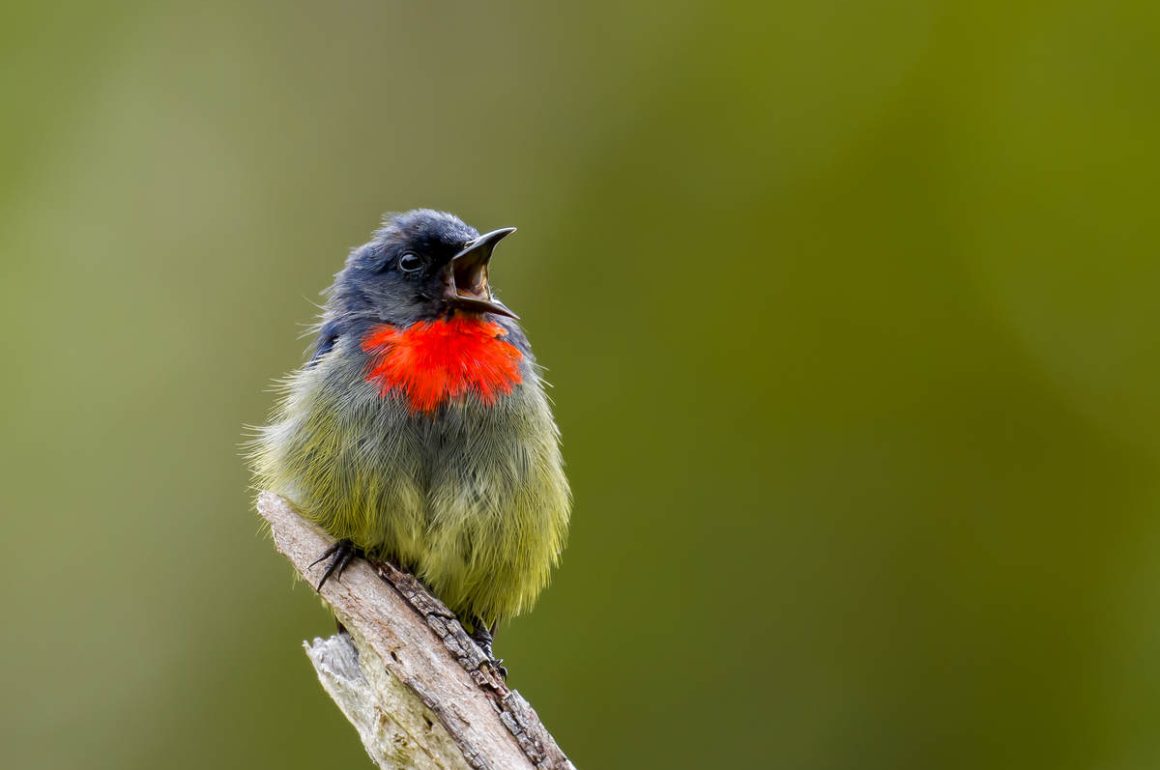
John Whitehead (1860-1899) was a British explorer who once a year starting in 1885 tried to climb Mount Kinabalu and finally succeeded in 1888, the first person to do so. When not climbing, he collected species, and thus a number of birds are named after him.
Three of them can be found on Mount Kinabalu, and local bird guides speak admiringly of colleagues who have seen all three of them on one day (we only managed two).
Whitehead’s Broadbill is a bird I would never have been able to find without a guide as it cleverly employs a green plumage to become almost invisible in a green darkish forest (I think it is somewhat surprising that not more birds are green, as in terms of camouflage, this really works rather well).
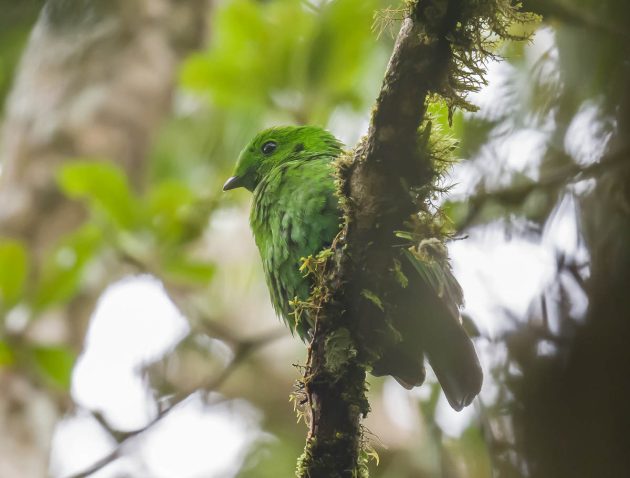
A study on the breeding biology of Whitehead’s Broadbill was just published in May 2023 but leaves a bit of a puzzle as the breeding success is described as relatively high, meaning there should be other reasons for the population decline of the species.
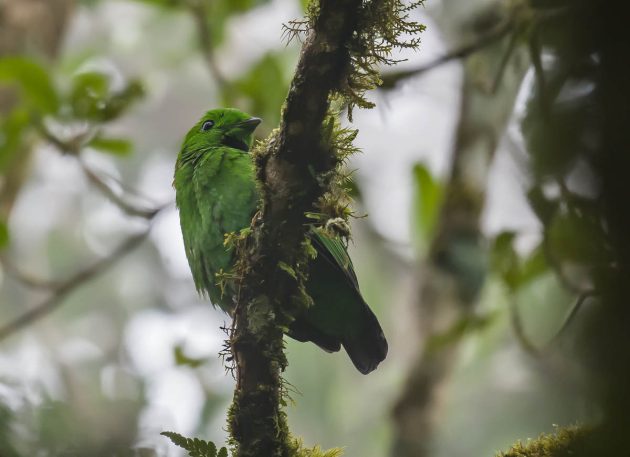
For Whitehead’s Spiderhunter, the Latin species name juliae is also connected to Mr. Whitehead himself – his sponsor on his explorations was the British collector Arthur Hay 9th Marquis of Tweeddale (if Tweeddale sounds like I made it up, I swear I did not), and this collector’s second wife was Julia Charlotte Sophia Stewart Mackenzie Marchioness of Tweeddale (at that time, people rarely had to fill out forms asking for their full name, which explains why there was no aversion to lengthy names).
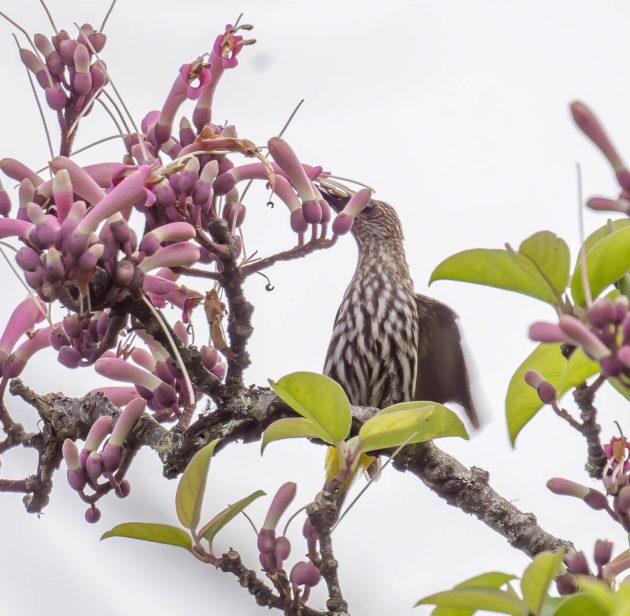
So, like a football stadium named after an insurance company, the broadbill ended up bearing a name celebrating a sponsor.
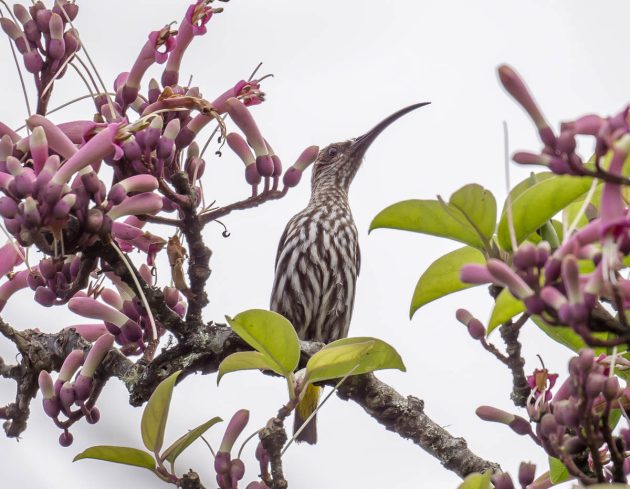
Interestingly, the first description of a nest of Whitehead’s Spiderhunter was only published in 2015.
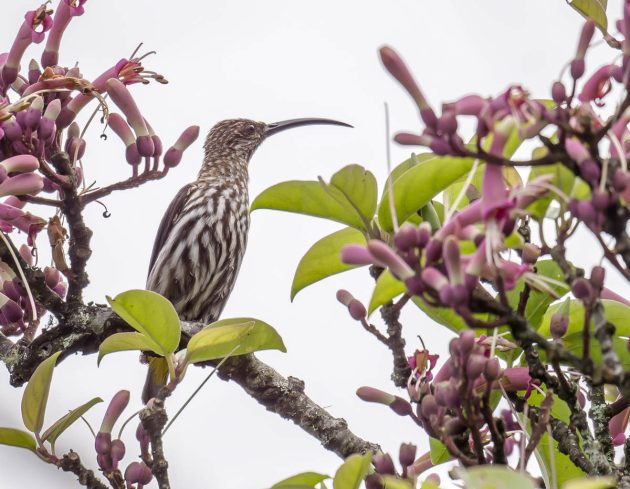
The probable reason for this late discovery (as well as for the general difficulty of seeing this spiderhunter even though it is probably not even that rare) is that the bird usually spends most of its time very high up in the crowns of trees – the nest was at a height of 19 meters.
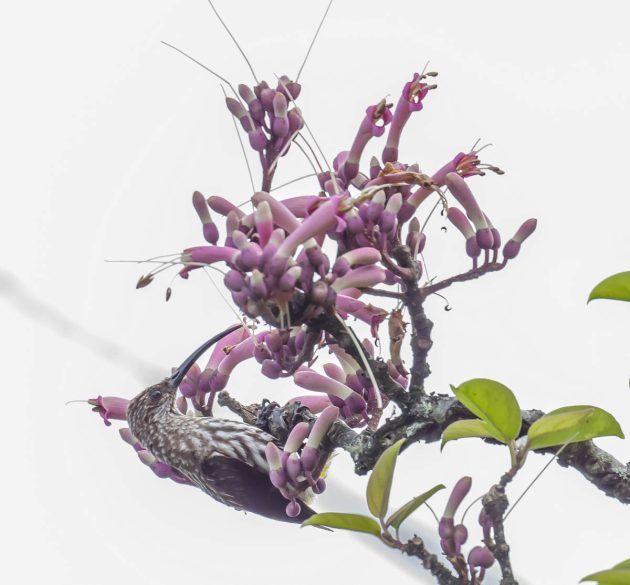
Like the broadbill, Whitehead’s Spiderhunter is a Borneo endemic.
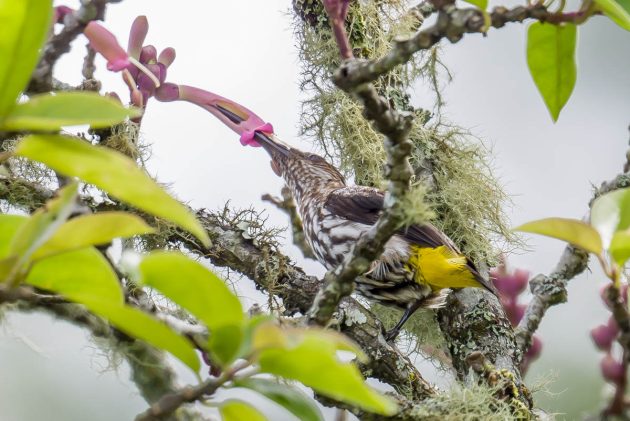
According to eBird, the Black-and-crimson Oriole is a “strange-looking, dark oriole”.
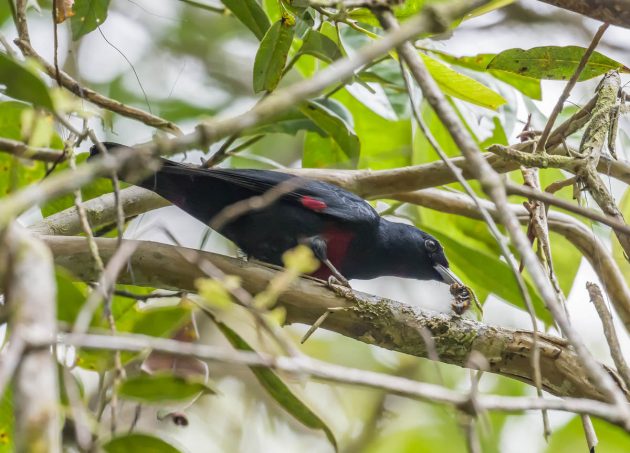
On a slightly more scientific level, a paper explains the plumage color of the oriole with the presence of keto-carotenoids including canthaxanthin, adonirubin, astaxanthin, papilioerythrinone, and doradexanthin. Of course, only chemists have a rough idea what that might mean.
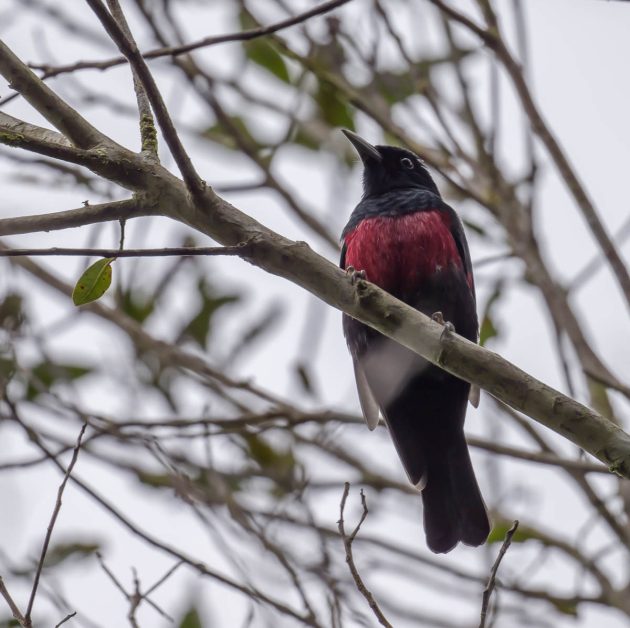
I was just about to comment on the lack of a black cap in the Black-capped White-eye when I read the eBird description of the species: “Note this species’s broad white eyering, as well as its smoky-black forehead and lores (despite name, doesn’t have much of a black cap).”
Mediocre minds think alike.
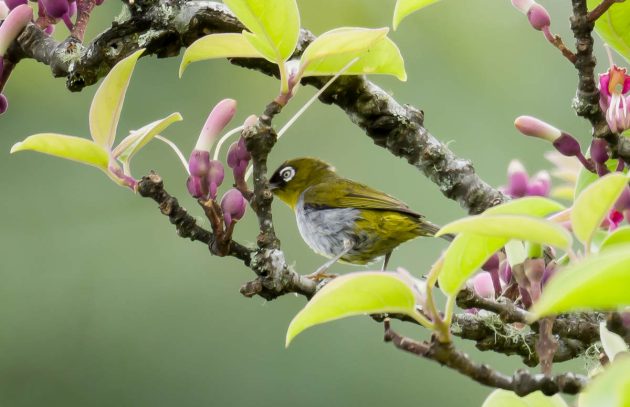
When seeing a Black-sided Flowerpecker, of course, the first thought everyone has is “What an amazing black side!”
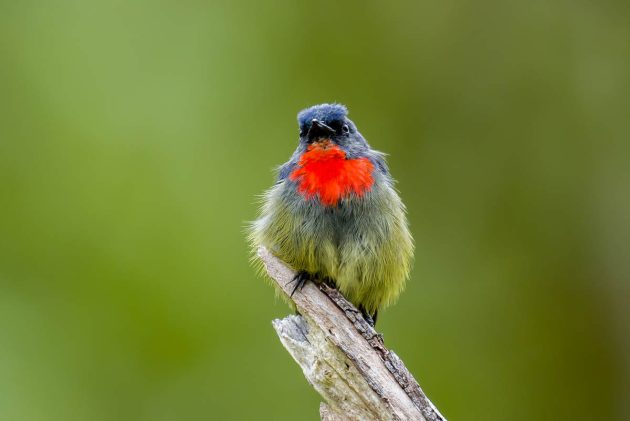
Unless, of course, you see a female.
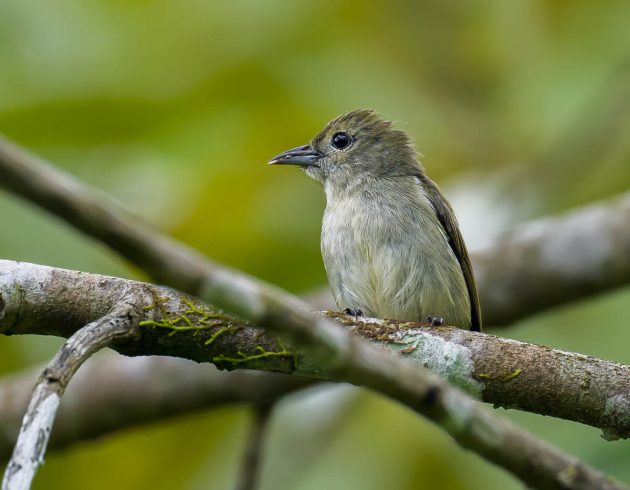
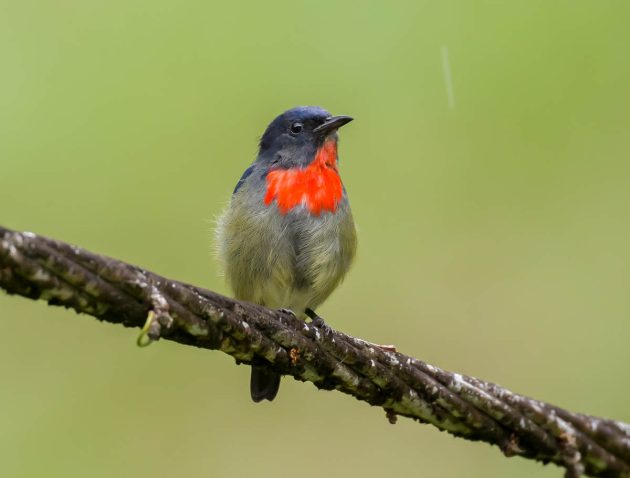
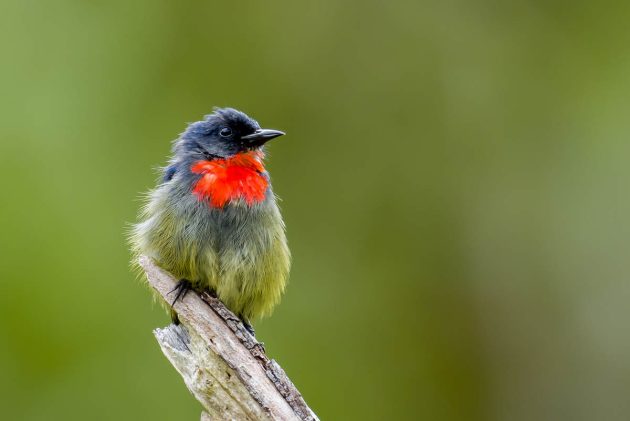
While the Bornean Forktail looks quite similar to the White-crowned Forktail, it apparently is a separate species, making it another Borneo endemic.
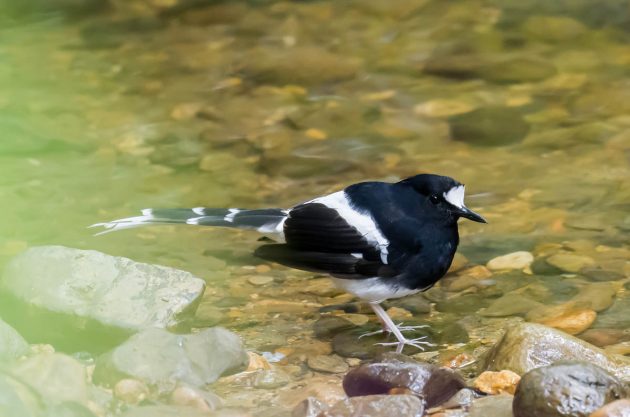
The Chestnut-hooded Laughingthrush is a Borneo endemic as well and is described as being very common (not that I can tell from just staying at Mount Kinabalu for about one day).
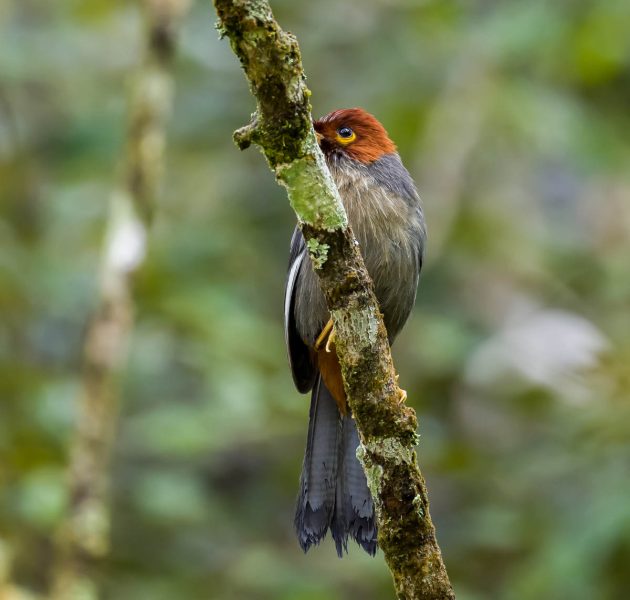
In fact, a 2023 paper in the presumably very popular journal “The Malaysian Forester” lists this species as the most commonly encountered in the region examined.
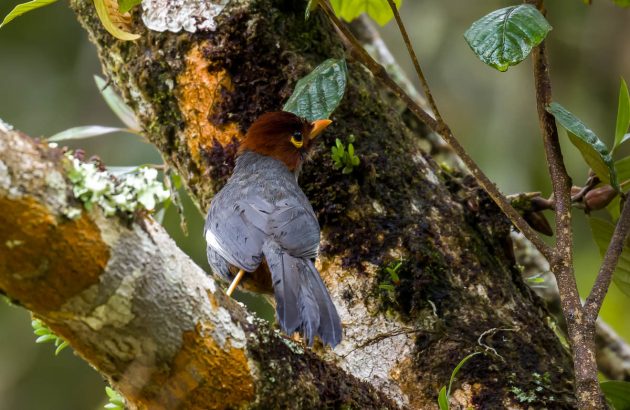
While it is laudable to publish a paper about the threat to laughingthrushes (including this) by the bird trade, I still feel that lame-joke titles such as “Nothing to laugh about – the ongoing illegal trade in laughingthrushes (Garrulax species) in the bird markets of Java, Indonesia” should be avoided. Leave the bad jokes to me, please.
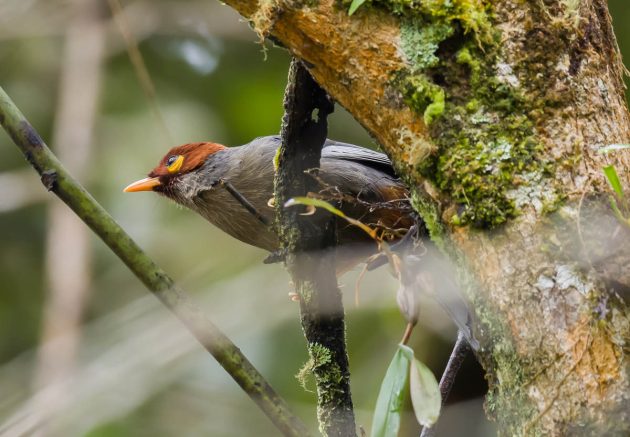
Anyway, such bird capture is the main reason for the categorization of the Sunda Laughingthrush as Near Threatened. This is particularly acute in Indonesia (source).
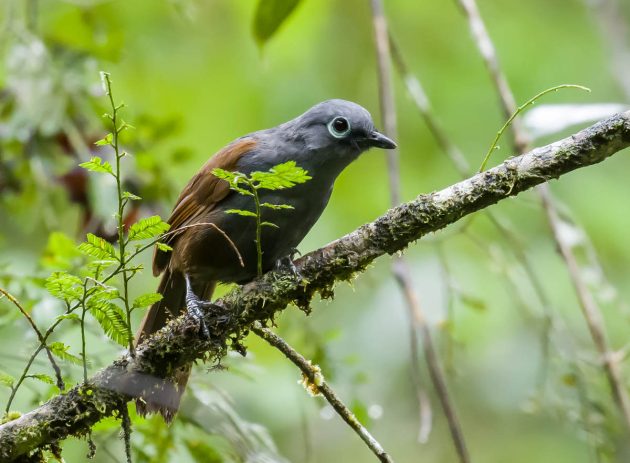
This laughingthrush seems to have a different taste in color, opting for a pale blue eyering rather than the orange-yellow one of the previous one.
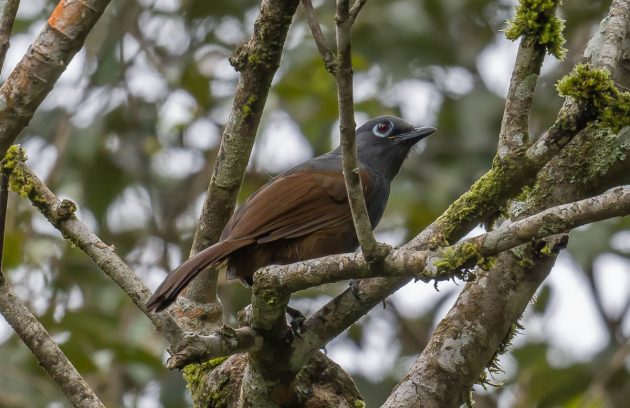
The Borneo-endemic Chestnut-crested Yuhina is a cooperative breeder – the vast majority of breeding pairs (97%) in a study conducted here at Mount Kinabalu had helpers.
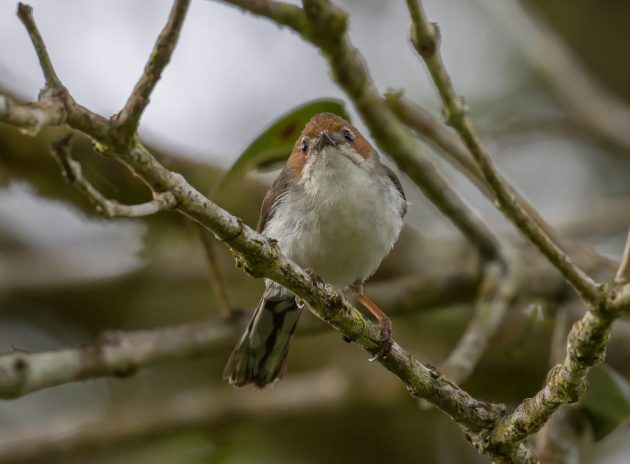
Interestingly, only about half of the helpers are related to the breeding pair …
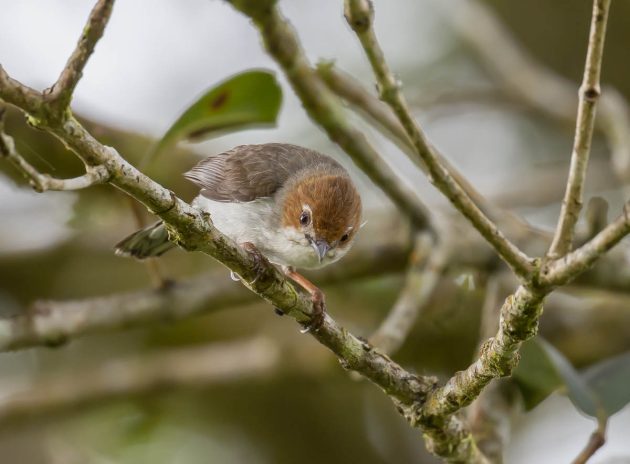
… and only the ones not related to the pair gained some parentage, either by sneaking in some sex with the breeding female or by adding an egg. I guess it would not be ok to do this to your own relatives, but with strangers, it is probably ok.
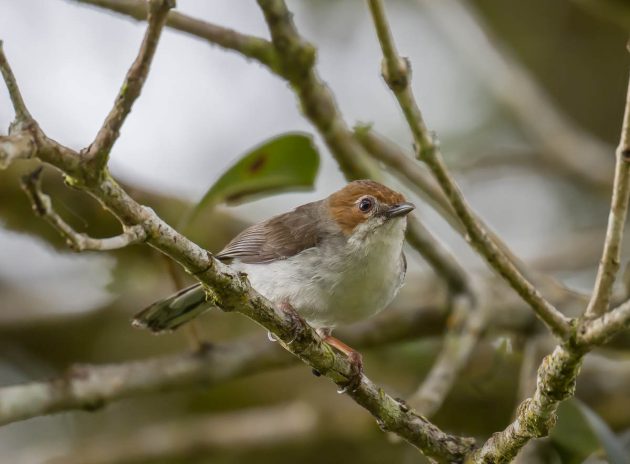
This is a very bad photo of a Fruithunter. I am only including it because our guide was kind of excited about it, stating that it is hard to find as it does not vocalize. Still, a bad photo. Must have been a camera fault.
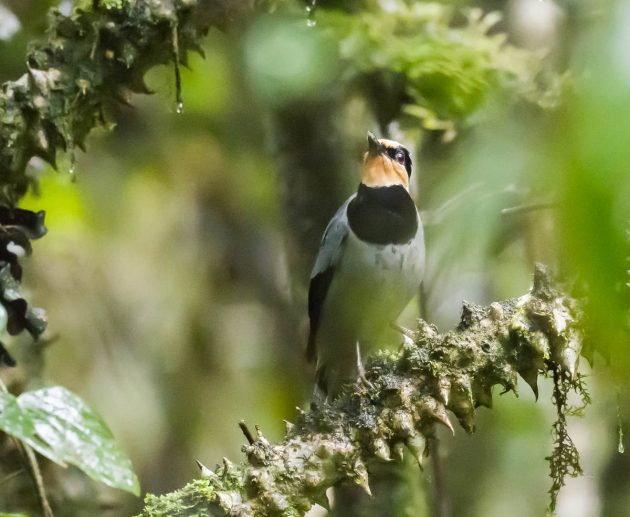
eBird gives the Indigo Flycatcher a very positive review, calling it a “beautiful little gem of a flycatcher”.
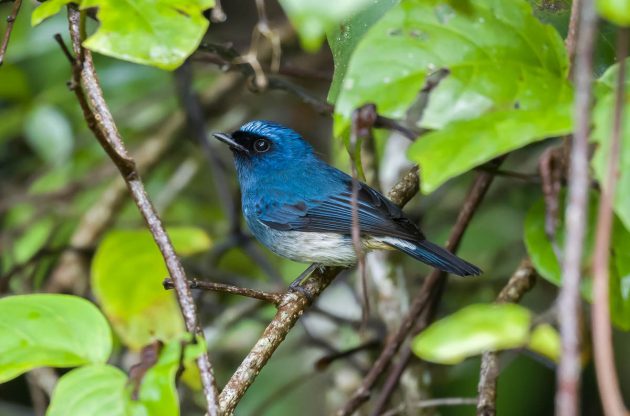
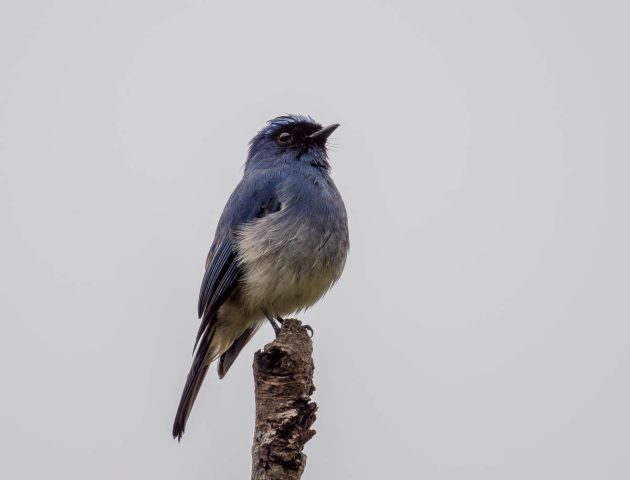
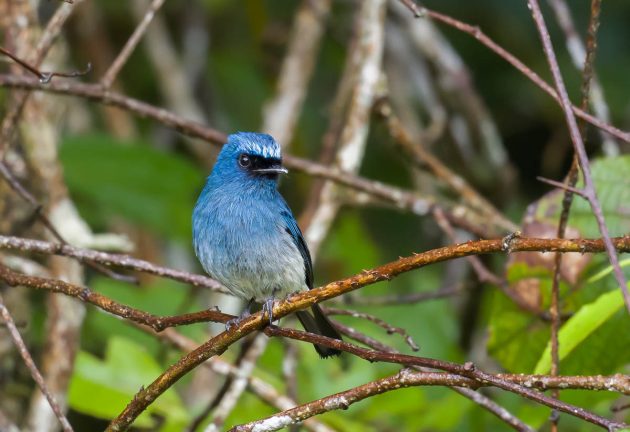
Apparently, Indigo Flycatchers mainly hunt in groups, as described here.
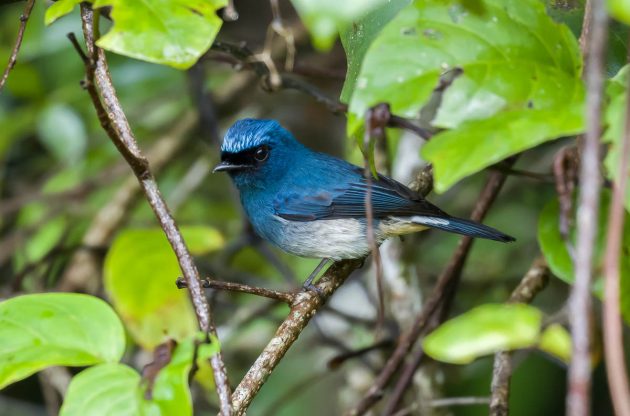
Somewhat superfluously, the paper starts with the rather pompous statement “In animal behavior, hunting is one of the crucial activities that can sustain population sustainability” – is it really necessary to explain that birds need to eat?
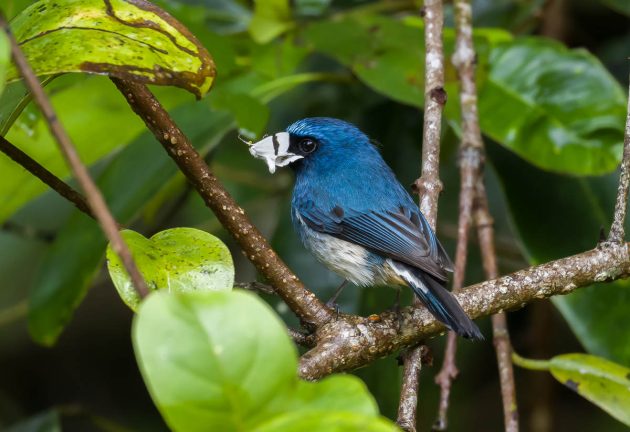
The Little Cuckoo-Dove indeed looks like a cross between a pigeon and a cuckoo, though it is the former, proudly (and in my opinion, mistakenly) raising its own chicks despite the costs and annoyances of doing so.
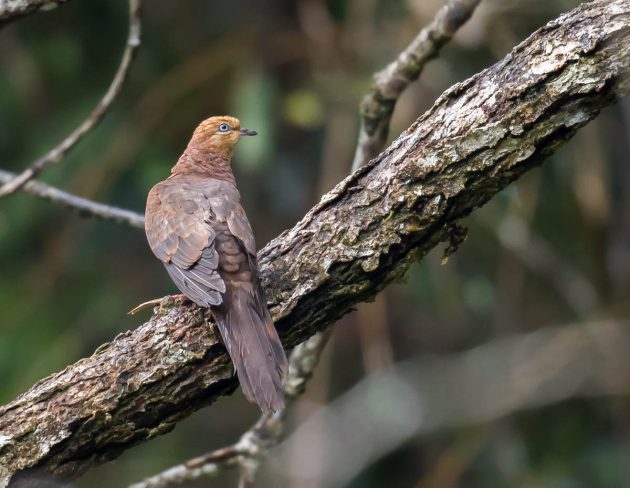
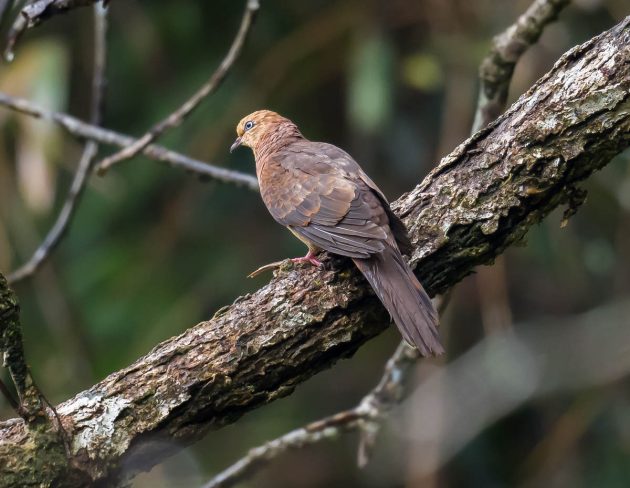
The Latin species name of the Penan Bulbul is ruficrissus. The HBW explains that rufus means “red” while crissum means “vent”, and then for no apparent reason (other than that sex sells, maybe?) adds that crissare means “to copulate”.
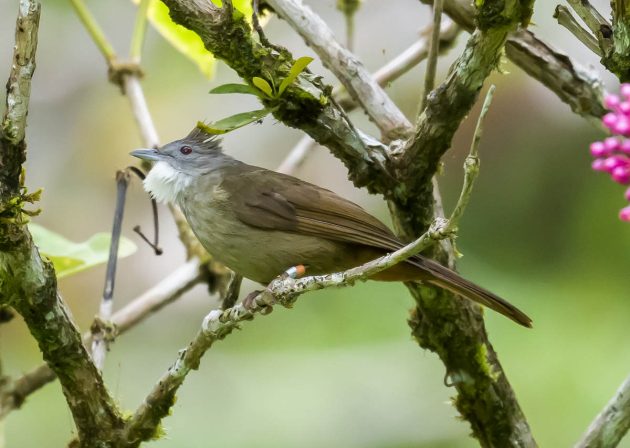
It seems the species is kind of the mountain or SUV version of the Ochraceous Bulbul.
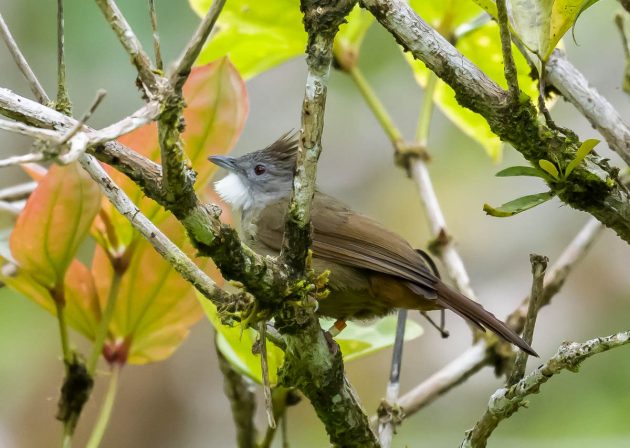
While the nominate species of the Mountain Leaf Warbler has a very nice bright yellow color, birdwatchers at Mount Kinabalu have to make do with a less attractive subspecies, kinabaluensis.
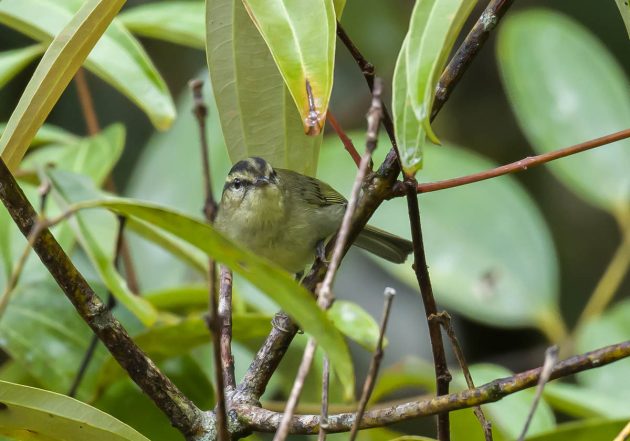
Or to say it in a slightly less judgemental way, as eBird does: “In most areas, birds are yellowish green above and brighter yellow below; birds on Mount Kinabalu are gray-green above and off-white below.”
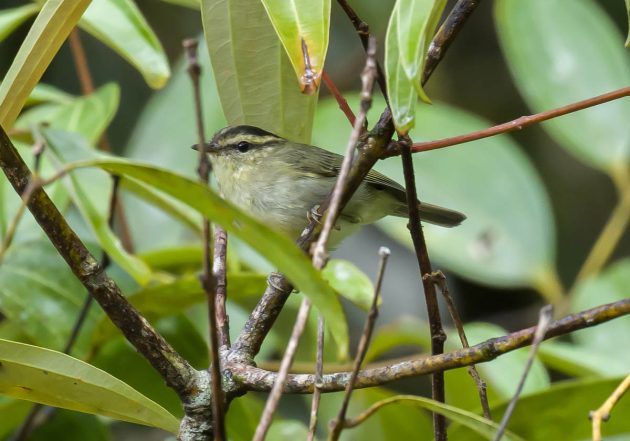
Little research seems to have been done on many of the birds of Mount Kinabalu. This includes the Sunda Cuckooshrike – the only bit of information I can provide is that the Latin species name larvata means masked.
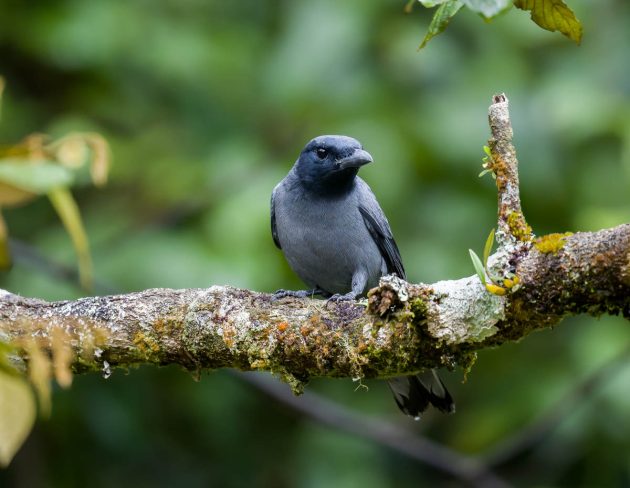
Note the blackish area around the eyes – apparently, the size of the mask is also an indicator of the sex, with the male having a bigger mask, but to me, the bird in my photo seems to fall right between the two illustrations provided in the HBW.
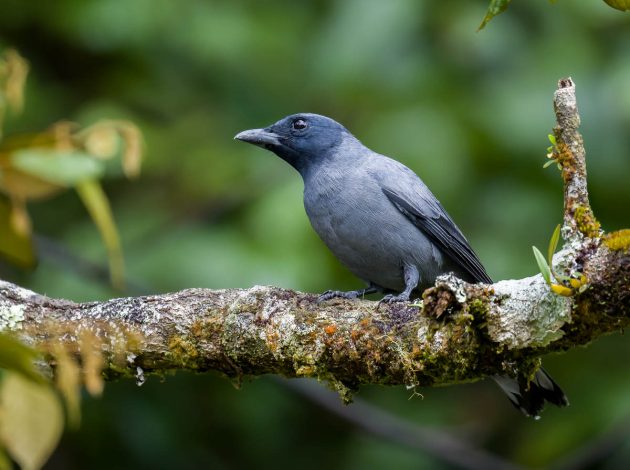
So rather than proclaiming a neutral sex and being accused of wokeism, I prefer not to make a statement about the sex of the bird in the photo.
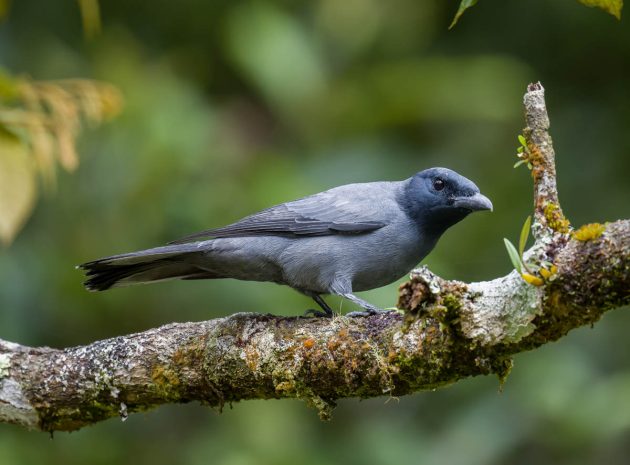
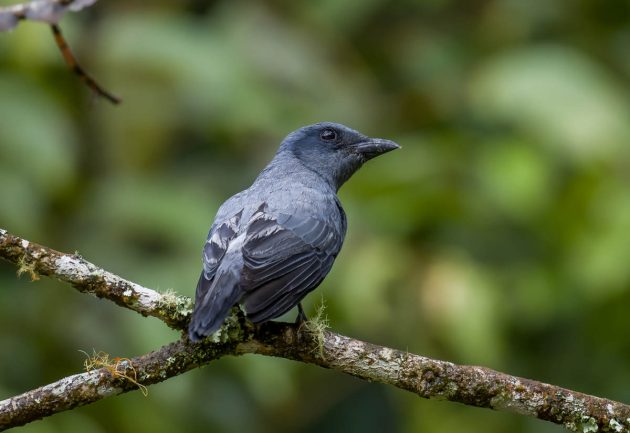
According to Wikipedia, there are 20 bird species named after Coenraad Jacob Temminck (1778-1858), a Dutch zoologist, though this includes both Latin and English names as well as a few subspecies. Way too many, if you ask me … Anyway, this list includes Temminck’s Sunbird.
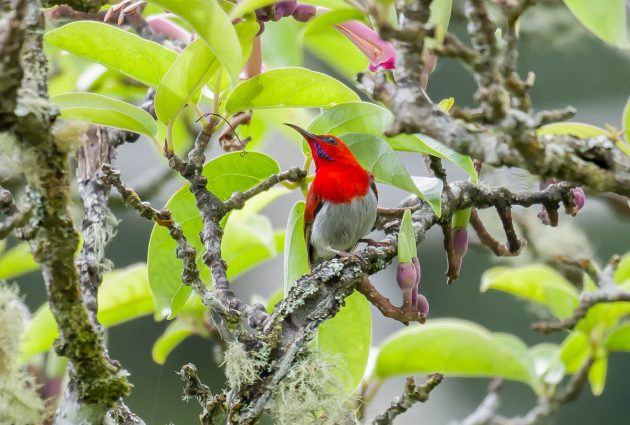
While it is described as a medium-sized sunbird by eBird, one has to keep in mind that sunbirds generally are quite small and light – the average weight of this species is about 5 grams.
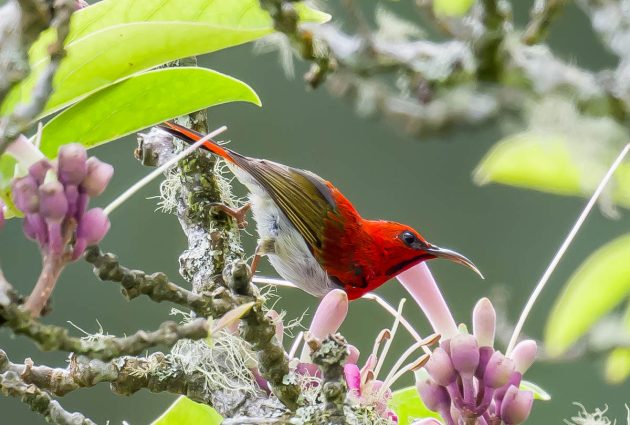
Apparently, in case of extreme drought, these birds (and several other Malaysian species described in an article) stop breeding as a survival tactic.
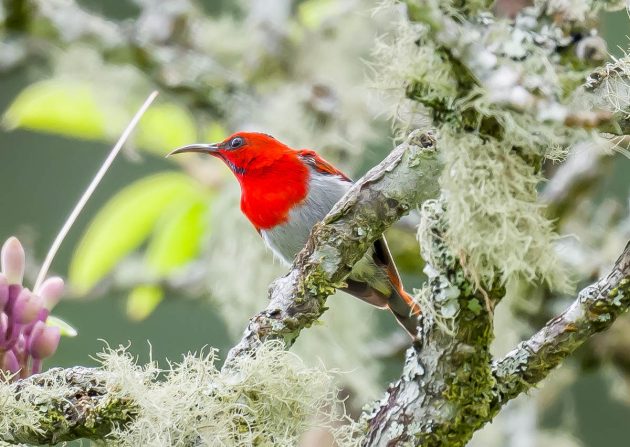
That might help these species deal with climate change.
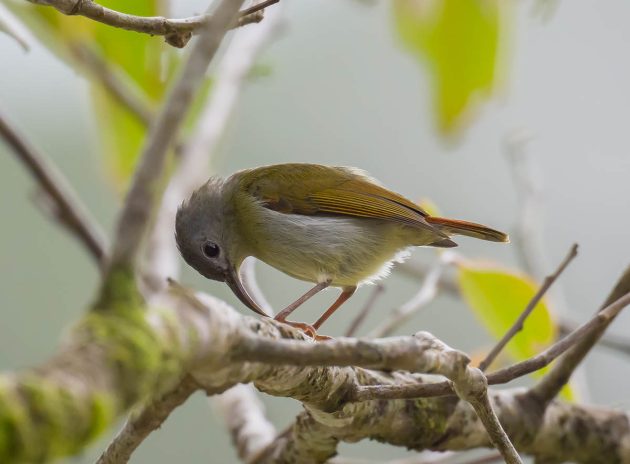
My ID for the female is basically just based on the fact that it visited the same tree as the male, so it might well be wrong – eBird admits that the “female Temminck’s is very plain and difficult to distinguish from other sunbirds”.
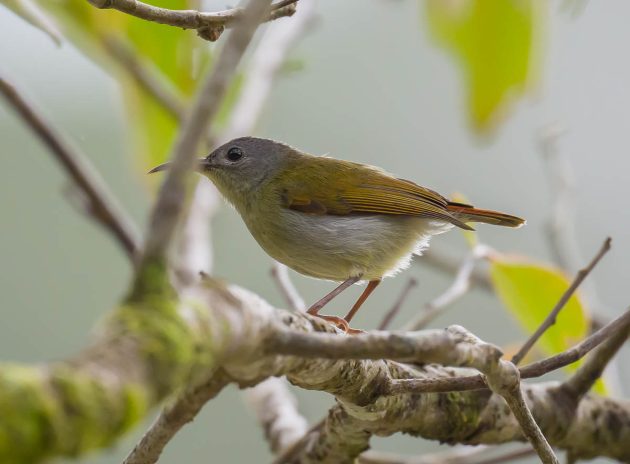



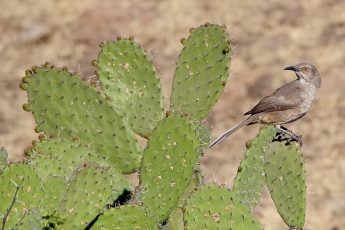

 New writers welcome – please contact us for details.
New writers welcome – please contact us for details.

















John Whitehead actually existed… you got me there Kai!
Peter, can’t make all of them up – sneaking in the occasional person who existed will keep readers on their toes.
Female flowerpeckers are the WORST to identify. Apart from that, great post and sweet memories, albeit of South Kalimantan and not Mt Kinabalu.